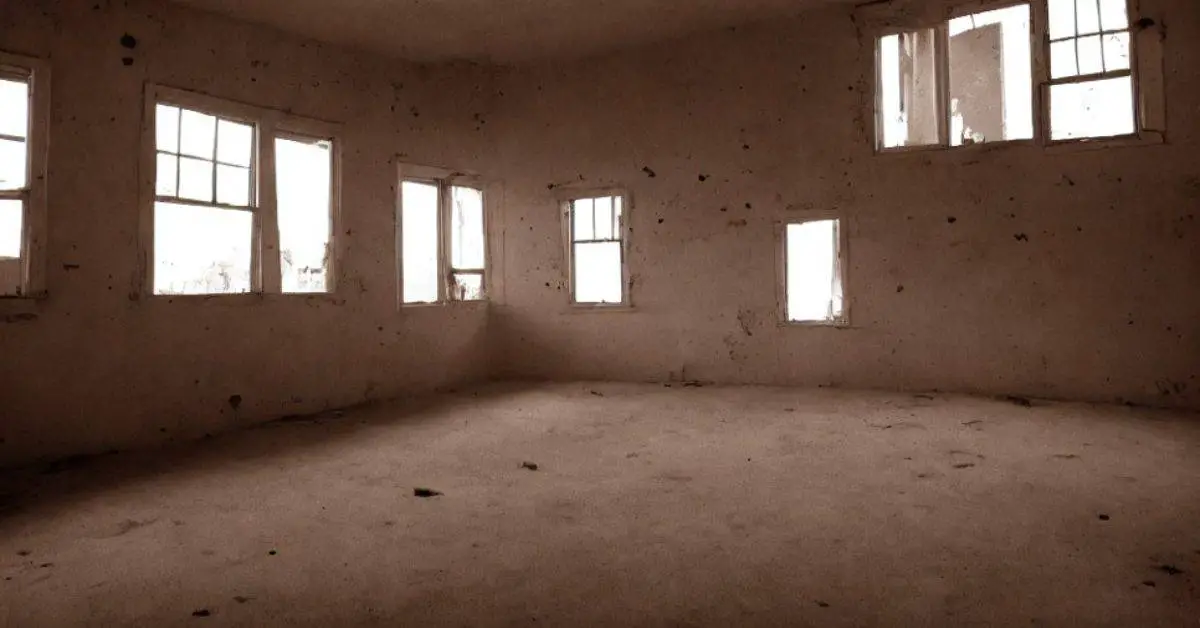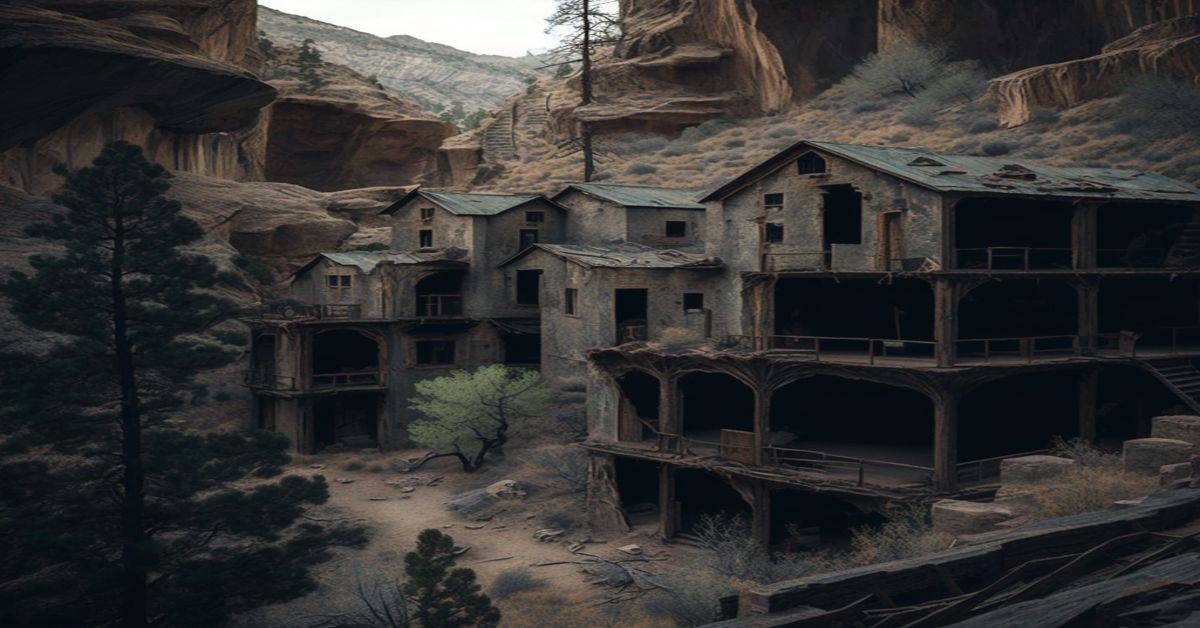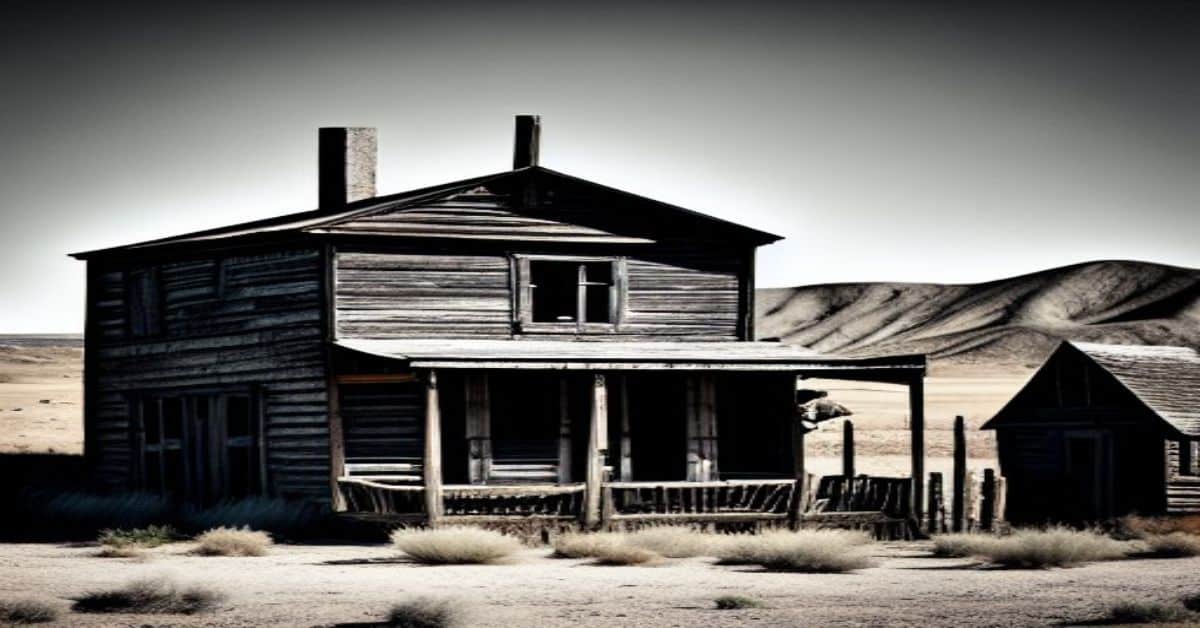Alunite, a ghost town in Utah, has a rich history that is often overlooked and forgotten. The town was once a thriving center for an alunite mine and mill during WWI, providing a significant source of potash for the United States. However, the downfall of the town came with the cheaper production of potash and aluminum elsewhere, leading to the abandonment of the town.
Despite its abandonment, the remains of Alunite still stand today, including foundations, rusty mill equipment, and chimneys of homes and businesses. This article aims to uncover the fascinating history of Alunite, from its rise and fall to the remnants of a once-thriving town.
By delving into the history and importance of Alunite, readers will gain insight into a forgotten piece of American history and the impact of the mining industry on the development and decline of towns like Alunite. Furthermore, this article will explore the accessibility and current status of the town, providing a glimpse into the present-day state of the town and its potential for future exploration and preservation.
Key Takeaways
- Alunite was a once-thriving town center for an alunite mine and mill during the WWI years, providing a significant source of potash for the United States during the war years.
- Despite its abandonment, the remains of Alunite still stand today, including foundations, rusty mill equipment, and chimneys of homes and businesses.
- Potash production was crucial during the war years, and Alunite played a significant role in supplying this mineral to the country.
- Alunite is an important part of Utah’s history, serving as a reminder of its once-thriving economy and the impact of mining on the development and decline of towns.
Location and Description
Located west of Highway 89 south of Marysvale, Alunite is a Utah ghost town that was once a center for the mining industry during WWI years, producing potash.
The town now contains standing foundations, chimneys of mills, homes, schools, businesses, and lots of rusty mill equipment. Alunite was once a thriving town with churches and an elementary school, but now, it is an abandoned town with only rusted equipment and other remains.
The remains in the town include foundations and rusted equipment, which are a testament to the once-thriving mining industry in the area.
The town was the only American source of potash during the war years, and there was local hope of reviving it, especially during WWII. However, cheaper production of potash and aluminum elsewhere led to the town’s downfall.
Despite its abandoned state, the town’s standing foundations and rusted equipment provide a glimpse into the history of the area’s mining industry and its past.
History and Importance
During WWI, Alunite served as a thriving center for the production of potash, which was the only American source of the mineral during the war.
The town’s economy depended largely on the alunite mine/mill, which produced potash for fertilizer and other industrial purposes. The production of potash was crucial during the war years, and Alunite played a significant role in supplying this mineral to the country.
The legacy of Alunite is one of historical significance, as it was a crucial mining town during the war years. The town’s importance was not limited to its production of potash, but it also served as a center for churches and an elementary school.
Despite its decline in the post-war years, Alunite remains an important part of Utah’s history, and the remains of the town serve as a reminder of its once-thriving economy.
Accessibility and Current Status
Despite its historical significance as a potash producer during WWI, the town of Alunite is currently inaccessible to the public due to legal restrictions. A new sign from Western Resources Corp. for The Deer Trail Mine has been posted, making it illegal to enter the town without permission. Although the town is physically accessible, it is signed ‘no trespassing’ at the road entrance, indicating that visitors are not welcome.
As a result of this legal restriction, preservation efforts for the town have been limited. Alunite’s remains include standing foundations, mill chimneys, homes, a school, businesses, and lots of rusty mill equipment. The town was once a center for an alunite mine and mill, producing potash during the war years.
Despite the hopes of local residents to revive the town during WWII, it ultimately could not compete with cheaper sources of potash and aluminum. Today, the town’s inaccessible status makes it difficult to preserve its rich history.
Frequently Asked Questions
What was the population of Alunite during its heyday?
Population statistics for Alunite during its heyday are not provided in the given text. However, the town was economically significant as a center for an alunite mine/mill during WWI, producing potash and serving as the only American source of potash during war years.
Are there any plans to restore the town to its former glory?
There are no known plans for restoring Alunite to its former glory. However, there may be possible restoration efforts in the future with community involvement. The town is currently inaccessible due to legal restrictions.
What is the current condition of the alunite mine/mill?
The current condition of the Alunite mine/mill is unknown due to its inaccessibility. However, the town’s economic significance during WWI as the only American source of potash and its subsequent downfall when cheaper alternatives were found, suggests a significant environmental impact.
Are there any ghost stories or legends associated with the town?
No known supernatural encounters or haunted locations are associated with Alunite, Utah. The town’s history primarily focuses on its role as a center for alunite mining during WWI and its subsequent decline due to cheaper production elsewhere.
Have any movies or TV shows been filmed in Alunite?
Film productions have not taken place in Alunite as far as public knowledge goes. It is unclear if location scouting has ever been done in the town due to its inaccessibility and no trespassing signs.



